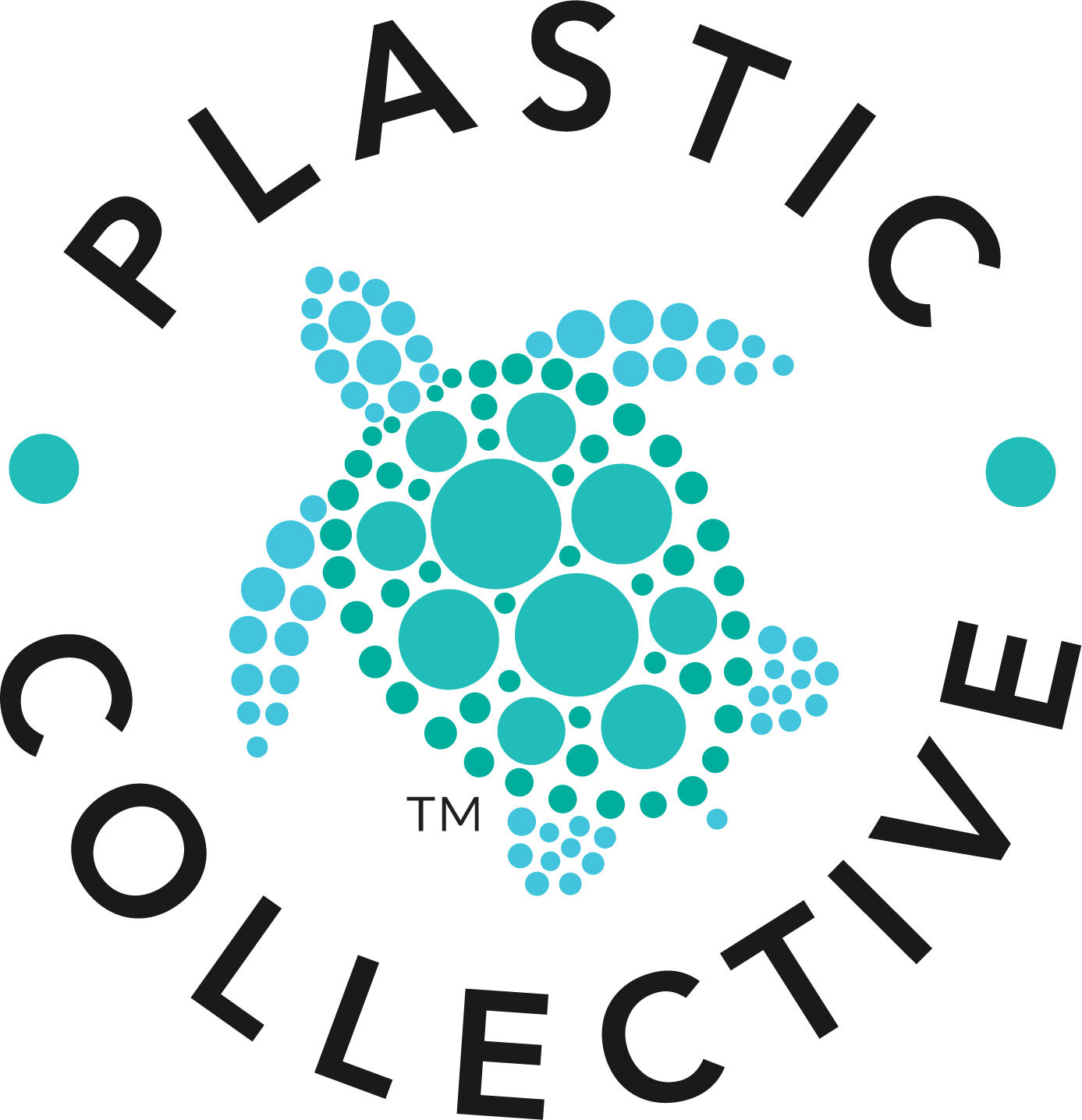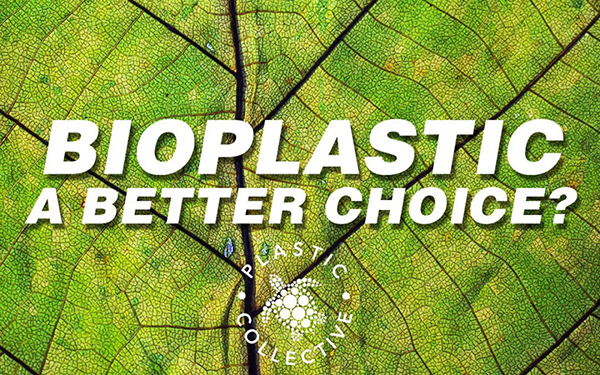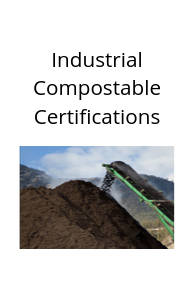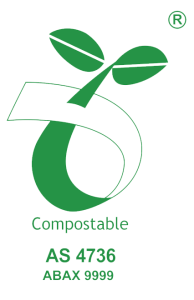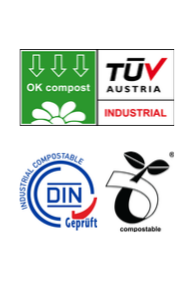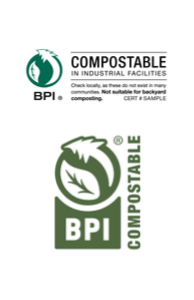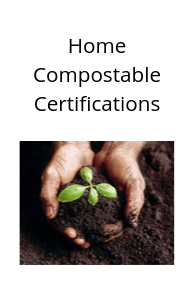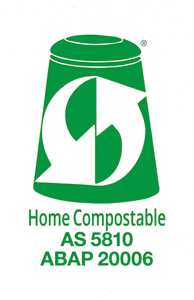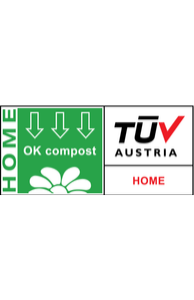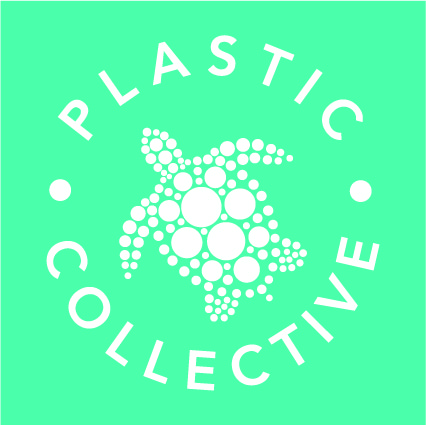“There is no such thing as “AWAY”. When we throw anything away it must go somewhere.” ~ Annie Leonard
The Complicated Truth of Bioplastic – Are They a Better Choice?
The words ‘bioplastic’, ‘biodegradable’ and ‘compostable’ are often used synonymously with very little accountability or understanding of their meaning. In our recent “What on Earth is Plastic?” article, we discussed the widely held belief that all plastics made from ‘renewable’ materials, commonly known as bioplastic, are biodegradable and/or compostable. This assumption, perpetrated to a fair extent by marketing, is misleading. So why is it misleading and why should consumers be questioning if it’s the better choice?
To understand bioplastic better, we need to stop thinking of it as being synonymous with biodegradable and compostable. Biodegradable and compostable defines the end life of the plastic, bioplastic relates to it’s beginnings.
Bioplastics are simply plastics which are synthetically made from renewable plant and animal sources, as opposed to non-renewable petrochemical sources, such as gas and oil. The benefit of bioplastics lies in its origin. Manufacturing of plastic from renewable materials may contribute to an overall reduction of the global plastic problem by lowering its already high carbon footprint. This however doesn’t necessarily mean that it will decompose any faster than non-renewable plastic types at the end of its life. The rate of decomposition depends on HOW it is made, not WHAT resource is used to make it.
As conscious consumers, concerned with reducing our plastic footprint, we need to be asking the questions, “How long will this plastic last?” and “Is it certified as compostable in the natural environment?”
What Bioplastic is Biodegradable and/or Compostable?
So what happens when we have ‘finished’ with the plastic and it enters the natural environment? Depending on how the plastic is made, it will either compost or degrade in the environment at different rates. If the plastic is compostable it will undergo ‘an aerobic process designed to make compost’. More specifically, compostable plastic will become a humus-like material, which is a good fertilizer for plants. Plastic that is compostable is biodegradable.
If the plastic is “degradable”, it will ‘change into a more simple structure’ and may not be compostable. This broad category of “degradable” can easily refer to all the microplastics in the ocean! Degradation of plastic in the environment can occur through many natural processes when exposed to sunlight or UV (photodegradation), bacteria, fungi or microbes (biodegradation), oxygen (oxy-degradation), oxygen and microbes (oxy-biodegradation), heat (thermal degradation) and water (hydro degradation).
If you find it confusing, you’re not alone. There is a general global confusion over the differences between biodegradable, oxy-biodegradable and oxy-degradable. Basically, for plastics to break into smaller parts (microplastics) through the process of oxidation (reaction with oxygen) it requires a catalyst or ‘metal’ compound to occur – chemically speaking. Both oxy-degradable & oxy-biodegradable plastics therefore have a metal catalyst embedded, such as magnesium or iron to assist in the breakdown to smaller microplastics. The microplastics in turn give off their chemical additives, some of which are harmful pollutants as they move through the environment, raising concern for the health of our oceans and ourselves.
Biodegradation, in contrast, uses bacteria, fungi and other microbes to break the plastic down into harmless compounds such as carbon dioxide, water and compost under certain conditions, measured as a ‘compostability’ rating. The Compostable Certifications (see below), indicates to the consumer that the plastic material will break down in presumably weeks or months if processed properly, without leaving harmful microplastics in the environment.
Bioplastic Compost Certifications
Bioplastics should never be presumed to be biodegradable or compostable. If a bioplastic product does not carry the Compostability Certification, it is not truly biodegradable. These bioplastics are referred to as ‘durables’ and possess properties that are identical to conventional plastic.
For plastic to be truly certified as compostable, there are strict requirements that need to be met based on decomposition time, end product and environmental effect. Two forms of Compostability Certification levels currently exist, Industrial Compostable and Home Compostable. Industrial Compostability requires high temperature industrial composting facilities to allow the plastics to completely break down, while Home Compostable certified plastics can be safely disposed of in home composting systems.
Recycling Options
In Australia, there are estimated to be only 150 industrial composting and organics recycling facilities capable of processing bioplastic. Currently, only South Australia and a few councils in Northern NSW provide kerbside collection of compostable packaging. In the absence of separate waste collection streams for the majority of Australian households and the accompanying lack of facilities and consumer education, bioplastics often end up in landfills along with the conventional recyclable plastic it contaminates.
If you are of the fortunate few to have council kerbside pick up for certified biodegradable/compostable packaging, then there is no disadvantage to consuming and supporting the products offering this alternative, if disposed of and separated properly. If you don’t have this option and your packaging choices are limited, you may want to consider leaving the bioplastics on the shelf if it’s not home compostable certified until proper processing becomes available for your region.
This of course raises the next obvious question, “In the absence of commercial facilities, isn’t it better to consume bioplastic rather than conventional recyclable plastic and reduce my carbon footprint?”. Yet again, the answer is complicated and requires further exploration in the next part of our “Understanding Plastic” series.
Our purpose at Plastic Collective is to show people how to find value in plastics as a resource, to understand which plastics can be recycled or recovered, and provide solutions to eliminate those which can’t be, thus preventing disposal of plastics. This will create sustainable circular economies which no longer rely on the ‘take-make-dispose’ attitude.
